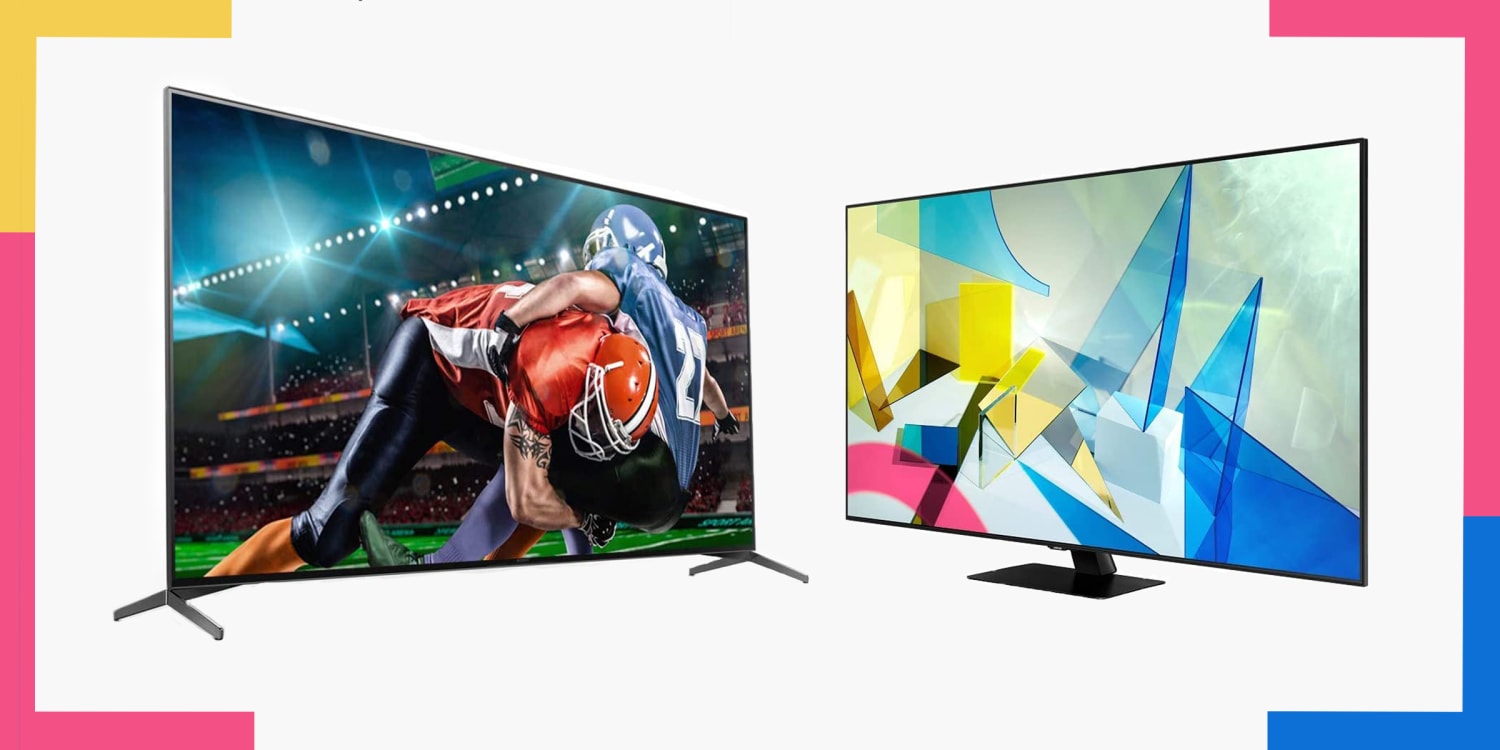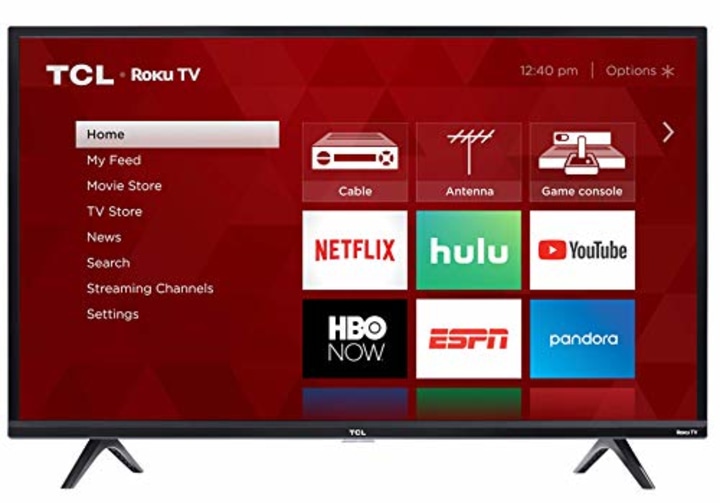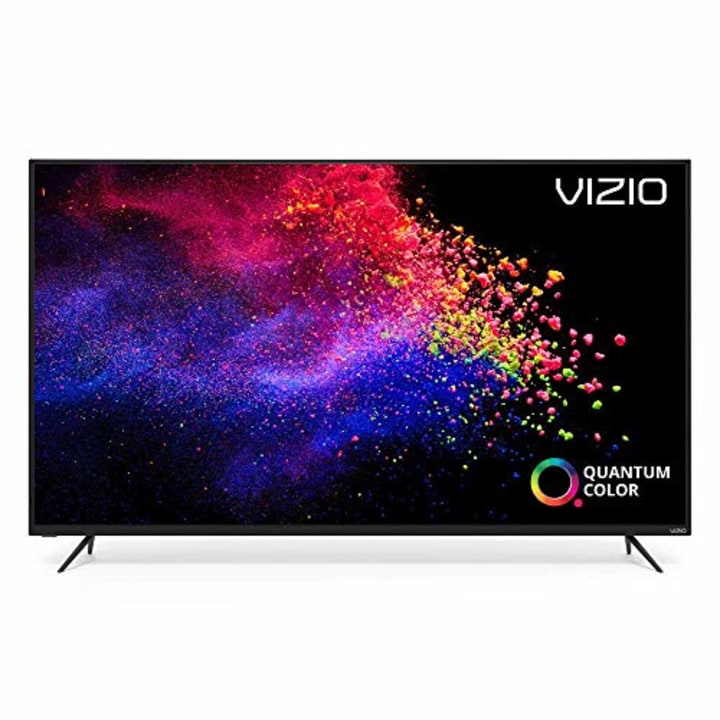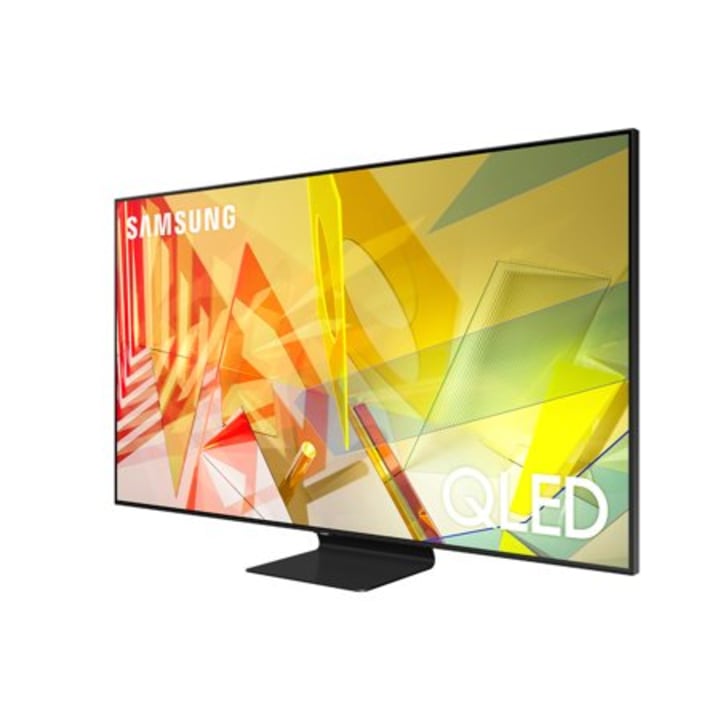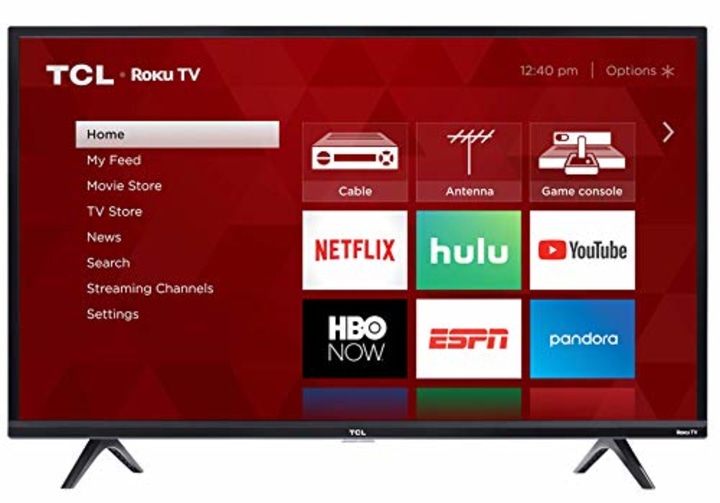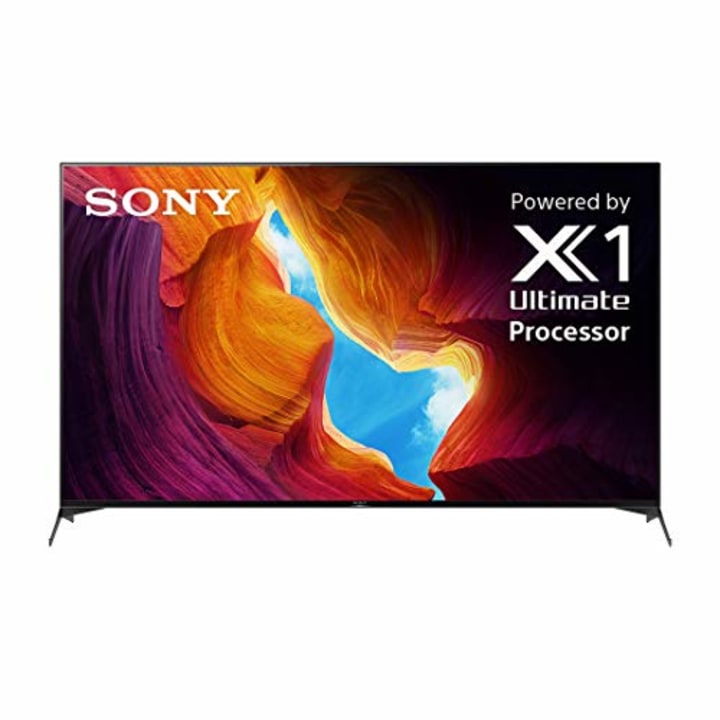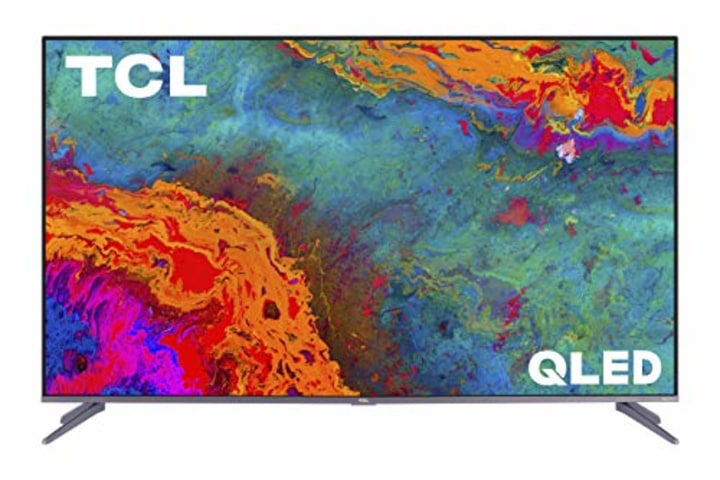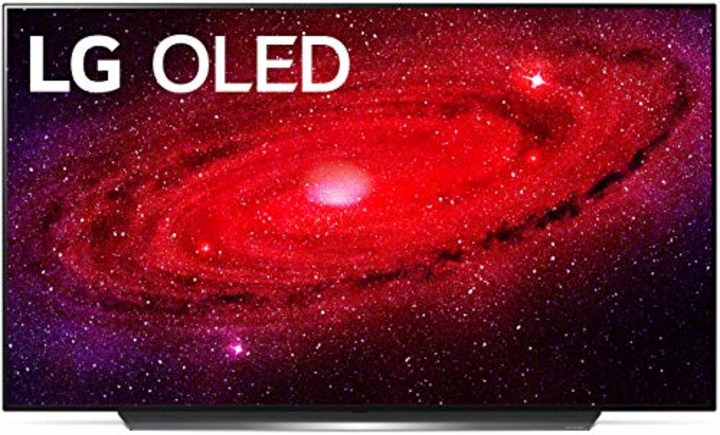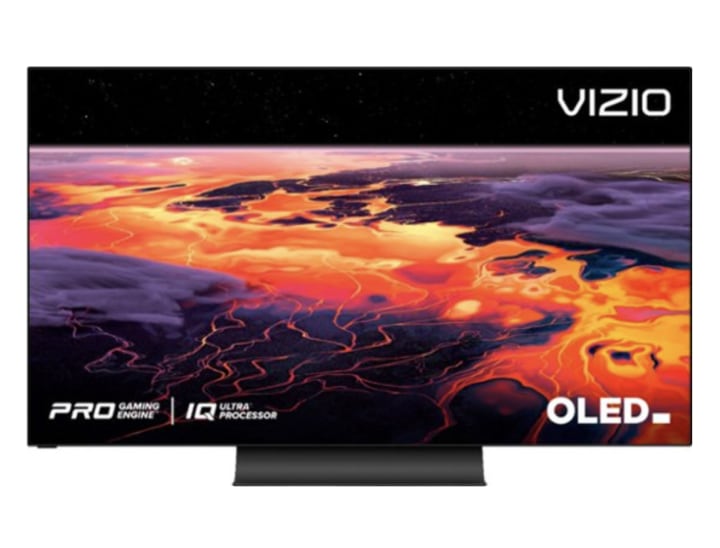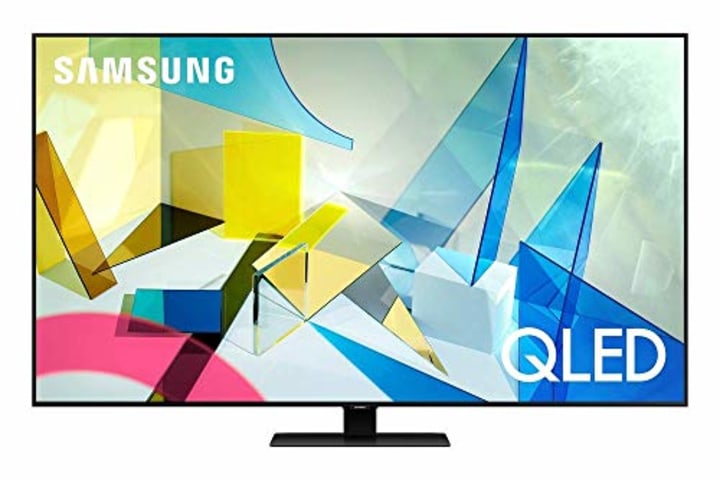It might be time to buy a TV right now — and it might be the right time, considering an increasing amount of February sales and deals, particularly those involving tech and retailer-wide discounts at online stores like Amazon, Best Buy, Home Depot, Target, Walmart and Wayfair. Buying a TV might seem simple: Get the biggest size you can at a price you can afford, right?
But between different mainstream TV brands and jargon surrounding 4K, HDR, OLED versus QLED, and smart TV capabilities, there’s actually a lot to consider — especially if you want that picture to really “pop” in your living room or TV space. If you want to get the most from your streaming devices‘ movies and shows and video games, you shouldn’t just buy the most deeply-discounted model you can find.
SKIP AHEAD Best TVs of 2021
A $200 TV, even one that claims to support 4K and HDR, isn’t going to use those technologies to the fullest. In fact, it may not even be much of an upgrade over the TV you already have, despite some of the features it boasts. And that’s where the true value of your new TV shines through: A combination of features and the extent to which they’re actually capable of working together. So to help you find the best TV right now, let’s talk about what all those specs mean, and how different sets take advantage of them.
Best TV screen size for your space
TV sizes are based on the diagonal measurement of their screens. To determine the best one for your space, here’s a simple calculation, thanks to Samsung:
- Measure the amount of inches between you (or your couch) and your screen
- Divide that number by two
- The result is your optimal screen size
So if you sit 10 feet from your couch, your ideal screen size is 60 inches. Now, of course, that’s a recommendation from a TV seller — use it as a starting point and see how well it works for you. Consumer Reports, for example, says that if you have a 60-inch screen, you’ll want to sit at least 8 feet away. Here are some examples of TVs in different sizes and different price points:
1. TCL 40-Inch 1080p Smart LED TV
A fine and common size for many typical living room, here’s an example of a 40-inch TV.
2. Vizio M-Series Quantum 55-Inch 4K HDR Smart TV (limited availability)
Upgrading to a 55-inch TV will give you a room-filling picture size.
3. Samsung 85-Inch QLED 4K Smart TV
At the larger end of TVs (barring the gargantuan), TVs at this size likely fit best with home theater settings and a solid amount of distance between you and the screen.
Resolution: Do you need a 4K or 8K TV, or is 1080p good enough?
Ever take a photo on your smartphone and zoom in real close? Those fuzzy little dots of color are called pixels, and the more pixels you can pack into a given space, the sharper and more lifelike the image will be. For years, high definition TVs peaked at 1080p (which translates to 1920 pixels horizontally by 1080 pixels vertically). Newer Ultra HD TVs up the ante with 4K resolution, which gets its name from nearly 4,000 pixels laid out horizontally (3840 x 2160) and some high-end TVs are starting to reach 8K (7680 x 4320) — that’s a lot of pixels.
For most typical TV sizes, though, 4K is plenty sharp. 8K is, broadly speaking, too expensive to be worth it right now — after all, you’re only likely to notice the benefits at enormous screen sizes, and there isn’t any 8K content to watch yet, anyway. For smaller TVs, 1080p is enough for a sharp picture, though it’s mostly reserved for lower-end models that lack other picture quality improvements. Here are some examples of TVs with different resolutions in different price points:
4. TCL 40S325 40-Inch 1080p Smart TV with Roku built-in
If you’re on a tight budget, or just looking for a kitchen TV to watch the news on, TCL makes some of the best affordable sets right now. The 3-series’ 1080p resolution is enough for typical HD movies and shows, and the built-in Roku smart platform (whose new Streambar and other streaming devices can bring the same capabilities to other TVs) is the best around — though if you prefer Fire TV, Amazon has its own affordable 1080p sets with their platform.
5. Sony X950H 65-Inch Ultra HD Smart TV with HDR and Alexa Compatibility
Sony’s best LED TV is the X950H, which provides a beautiful 4K picture, and its X1 Ultimate processor is particularly good at “upscaling” 720p and 1080i content to 4K. It won’t make cable TV look as good as a 4K Blu-ray, but it’ll look a bit better than it does on most other 4K TVs.
What is HDR? Ultra HD? Here’s how to make the picture pop
Despite the marketing buzz, 4K isn’t actually the most exciting advancement in TVs. High dynamic range, or HDR, is arguably the bigger upgrade, allowing for a bigger difference between the dark and bright parts of a scene. Coupled with the ability to produce more vivid colors, this produces a more detailed, punchy image that really stands out. HDR formats like Dolby Vision push this even further, and are available through streaming services like Netflix and on Ultra HD Blu-rays.
6. TCL 65-Inch 5-Series 4K UHD Smart QLED TV with Dolby Vision and Roku built-in
TCL’s 6 series is a big step up from the 3 series, offering both 4K and HDR. Despite its midrange price, the 6 series contains higher-end features that take full advantage of that HDR signal. Local dimming allows the backlights to dim for deeper blacks, a high peak brightness provides highlights that pop and a wide color gamut creates more vivid colors (watch Planet Earth II on this TV if you don’t believe me). If a TV doesn’t have these features — Samsung’s similarly-priced model doesn’t have local dimming or high peak brightness, for example — it won’t produce as vibrant of an HDR picture.
LED, OLED, and QLED: Which panel type is right for you?
Most TVs use a panel lit by an array of light-emitting diodes, commonly known as LEDs or LED lights, hence the name “LED TV.” Organic LED TVs, typically called OLED TVs, on the other hand, are a bit different — each pixel generates its own light. That means pixels in dark areas can turn themselves off entirely for perfect, inky blacks (compared to the slightly greyer blacks of LED TVs). The difference is astounding and immediately noticeable even if you aren’t a videophile, which is why OLED TVs are widely considered the best TVs you can buy today. LED TVs tend to be more affordable, though, and can also get brighter — which can make them more ideal for well-lit rooms with lots of windows. Let’s look at some examples:
7. LG 55-inch CX 4K Smart OLED TV with Alexa Built-In
LG’s CX is not just one of the best OLEDs you can buy today, it’s arguably the best TV for most people. Picture quality is absolutely mind-blowing thanks to the OLED panel, and it comes with HDMI 2.1, which provides a host of gaming features for the new PS5 and Xbox Series X. They also have better viewing angles than LED TVs, which is good if you sit off-center, but are mildly susceptible to images “burning in” on the screen—though this shouldn’t be a problem for most people.
8. Vizio 55-Inch Class OLED 4K UHD Smart TV with SmartCast
If you’re ready to spring for an OLED TV but can’t quite afford the offerings from LG and Sony, Vizio’s new OLED TV offers many of the benefits for a lower price. You still get those deep, perfect blacks at the sacrifice of some brightness, color accuracy and the focused gaming features from the other brands.
9. Samsung QN55Q80TA 55-Inch QLED 4K UHD Smart TV
Despite the similar-looking name, Quantum LED TVs, which we call QLED TVs, are really nothing like OLEDs — they’re LED TVs with a layer of quantum dots for improved color. Samsung popularized this QLED branding, and while it isn’t the only manufacturer of quantum-capable TVs — the TCL above also uses them — Samsung’s high-end panels up the quality with better 4K upscaling, better anti-reflective panels and better out-of-the-box color accuracy.
Roku, Android, Fire TV: Which smart TV platform is best?
Last, and definitely not least, you should consider which smart TV software your TV comes bundled with. You want something that’s snappy and fluid, with all the apps you need to watch the shows you crave. Most smart TVs aren’t as good as standalone streaming boxes, but a few — like Roku TVs — stand out from the pack for their selection and ease-of-use. Android and Fire TV are generally decent, with some standalone options like Vizio’s SmartCast usually considered less than desirable (though they’ll do in a pinch — especially if, like Vizio, they feature voice assistants and Chromecast built-in).
10. TCL 50-Inch 5-Series 4K UHD QLED Smart TV with Dolby Vision and Roku built-in
TCL’s 5 series is shockingly good this year, packing a QLED panel, local dimming, and built-in Roku apps. It doesn’t have quite the HDR performance of its more expensive sibling (which we cover above), but it’s hard to beat the performance for the price — especially considering that a standalone 4K-capable Roku would cost $50 to $100 to buy separately.
What else to consider before buying a new TV?
If your TV of choice has a mediocre smart platform, you might consider leaving room in your budget for a good streaming box like the Roku Ultra or Apple TV 4K. And while all the TVs above contain built-in speakers, they won’t sound great — you’ll almost certainly want a sound bar for better quality audio.
That’s a lot to keep in mind, I know—but if you plan on keeping this TV for more than a couple years, it’s worth doing a bit of extra research now to make sure your shiny new set lasts well into the future.
Catch up on the latest from NBC News Shopping guides and recommendations and download the NBC News app for full coverage of the coronavirus outbreak.
Source: | This article originally belongs to Nbcnews.com


